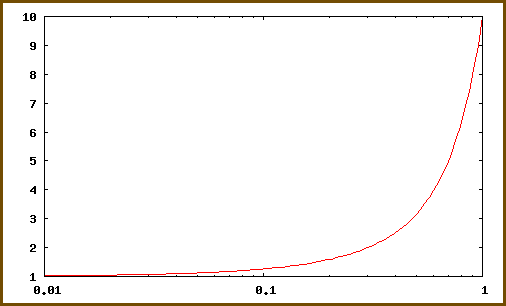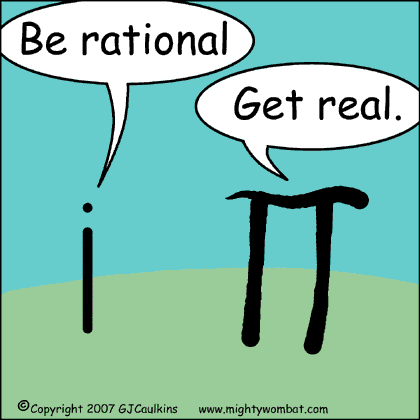9.1 Exponential Growth

The exponential curve is different than a parabala or hyperbola. It is also an asymptote.
Some formulas associated with exponential growth are as follows:
Geometric Sequence-

Compound Interest-

Exponential Function- y=ab^x
9.2 Exponential Decay. This is very similar to exponential growth, but it depreciates. The growth factor is between 0 and 1, so there is a decrease.

9.3 Continuous Compounding. This is tricky, so watch out on the test for the wourd CONTINUOUSLY!!!! This is differnt than y=ab^x, and it is guaranteedthat some of will goof this up on the test. The formula for this is known as Pert. A = Pert
P is the initial condition, e is on your calculator, r is the rate and t is time.
$7808 is invested at 11.9% and compounded continuously for 17 years.
7808e^1.0119x17= $59036.08
9.4 Fitting Exponential Models to Data
For this your calculator is essential. In order to get into a lists and spreadsheets, hit home, 1, 4, and input date into the spreadsheet. Once your data is in hit menu, 4, 1, A, in order for it to analyze the exponential regression.
9.5 Common Logarithims
Exponential form 1o^7=10000000 Log Form log10 10000000=7
The answer is always the power, so they way to think of it is 10 to the x power equals 10000000.
9.7 Logorithims to bases other than 10
It is the same concept, think about the exponent as the answer. 3^4=81. In log form, that looks like log3 81=4. Although the base isn't 10 don't let it throw you off, it is the exact same thinking and way yo put it into log form.
9.8 natural logarithms
n is the natural logarithm of m, written n=ln m, if and only if m=e^n.
e is also the inverse of ln.
9.9 Properties of Logarithims
x^0=1
x^m x x^n= x^m+n
x^m/x^n=x^m-n
(x^m)^n=x^mn
9.10 using logarithms to solve exponential equations
In this lesson, you have to solve b^x=a. There are a couple ways to do it. Of course you can use CAS but you can use logarithms to solve the equation.
ln2=ln9e^12r)
ln2=12r
r=ln2/12
.0578
